What I fear is happening today is, there is such an overwhelming volume of meaningless, throw-away images shot millions of times a day that the notion of a photograph being “special” is as incomprehensible as someone pondering the bigger ideas behind why the sky is blue or the earth is round. It’s simply taken for granted. But photographs are special. They do warrant attention, study, examination and excellence in technique and approach. – John B. Crane, Nikon F6 Project
I did some travelling this last summer, and, while doing so, wrote a number of posts about using my iPhone 6 as my camera for the trip. The gist of those posts was that I’d discovered the benefits, photographically, of travelling light. I’d been away for almost a month, a couple of weeks travelling through Italy by train and bus from friends’ residence in Mantua and then to Paris for a further week with friends there. I’d packed the usual gear – a couple of camera bodies, both film and digital, a bag of film, the usual compliment of lenses, intending as I usually do when travelling to document the experience. Early on, I’d started using my iPhone to photograph and, as I went along I realized how easy it made things, no longer requiring a bag full of cameras, lenses, film and ancillary junk toted around everywhere I went. So I made the decision to keep my M4 and Bessa at home while I used my iPhone exclusively.
I’ve finally gotten around to reviewing the photos I’d taken while away, not without first having to surmount a number of problems created by a combination of my ignorance and the potential pitfalls that always lurk on the margins of digital capture. After getting home, I tried to download the photos from my phone to my computer for permanent storage and further editing, only to discover that the photos weren’t on my phone but in the Cloud, which is fine, except I have no idea how to access said cloud, which necessitated a trip to my local Apple Store where some pleasant young woman, speaking to me deliberately as if I were some addled senior with incipient dementia, helped me jailbreak my Cloud account. Having done so, secure in the knowledge that my photos existed somewhere, I then proceeded to erase them from my iPhone, whereupon I learned that I’d also just deleted them from my Cloud. You’ve got to be fucking kidding me.
A push of the button and a majority of what I had shot on my trip vanished without recovery. Luckily, at some point, while the photos still resided “on my phone” I had somehow managed to save a number of them to Lightroom, how I’m not sure. There seems no explanation as to why I was able to save some and not others. Suffice it to say my photos of Italian manhole covers survived intact, which is some consolation for the deletion of the majority of others.
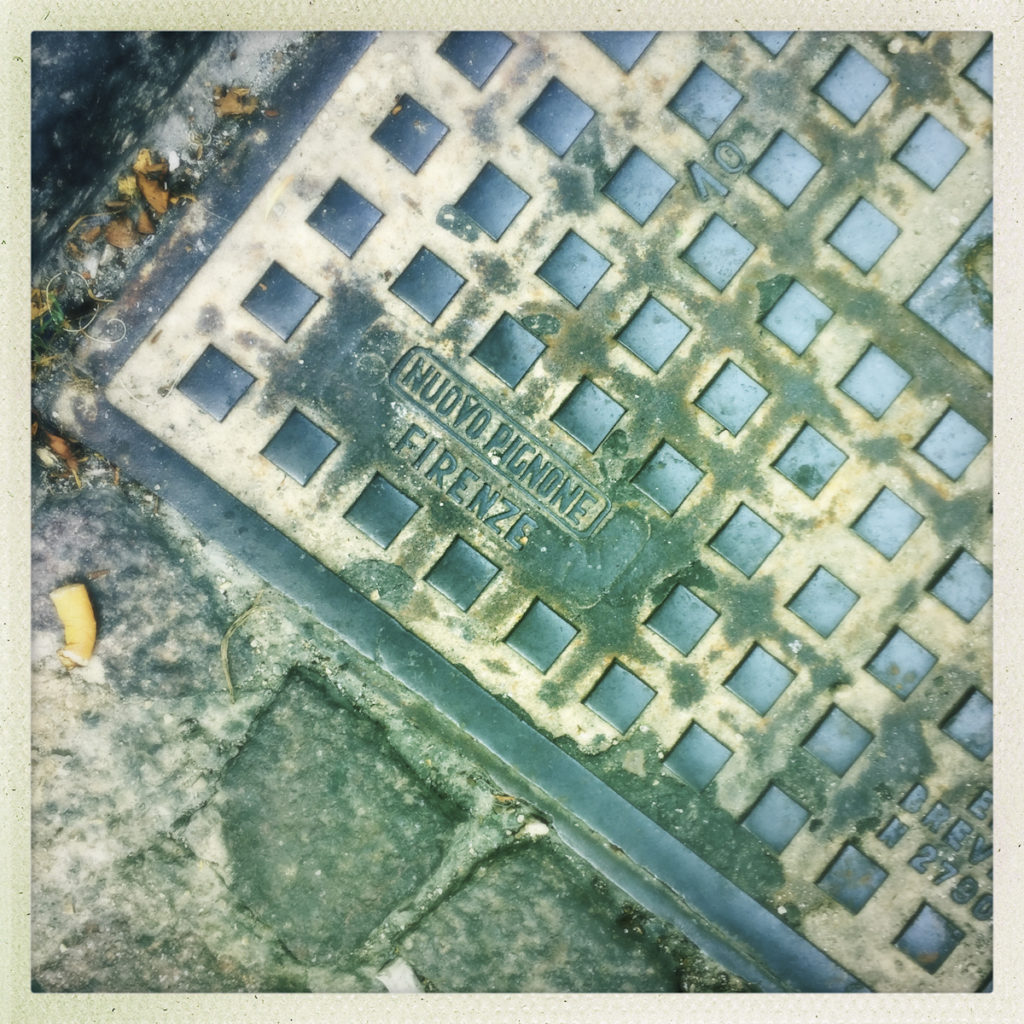
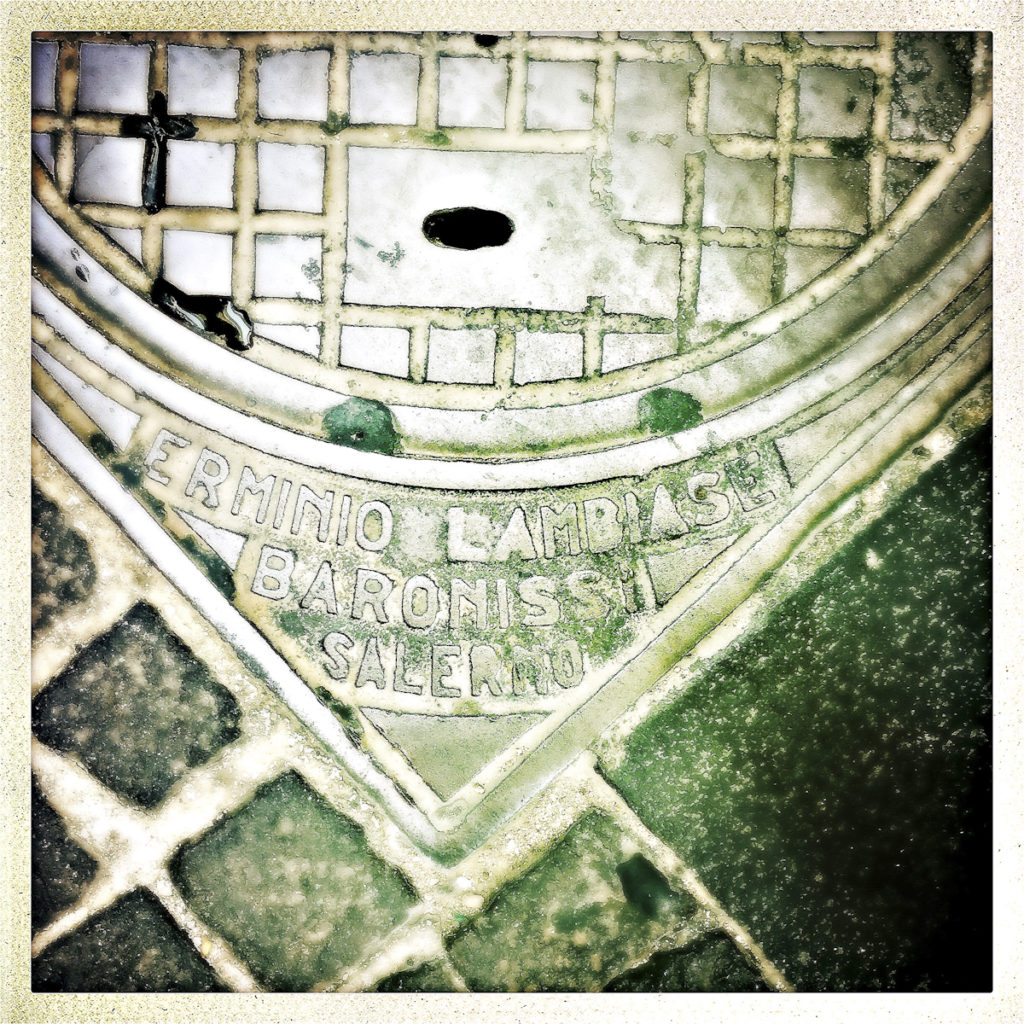
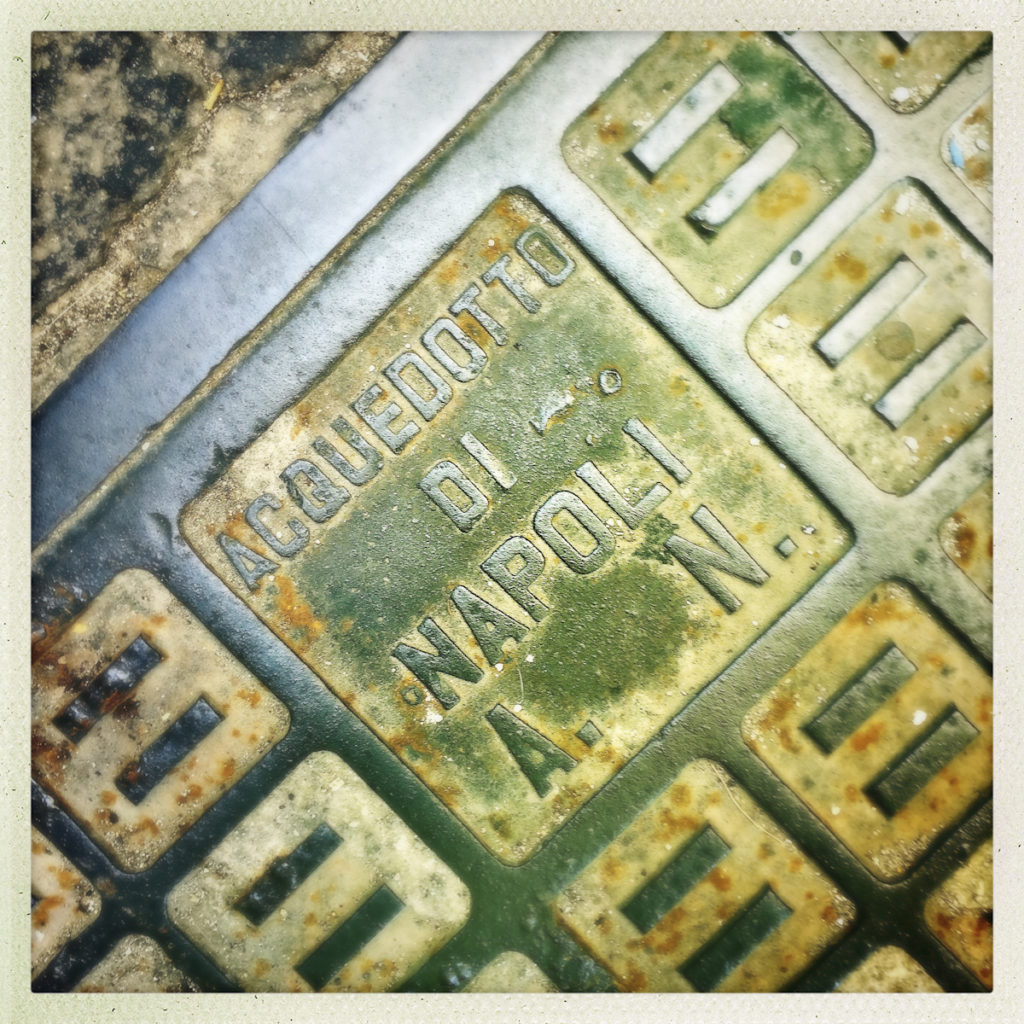 I’ll always be able to relive memories of the Italian sewer system.
I’ll always be able to relive memories of the Italian sewer system.
*************
Which leads to the larger question: So what? So, I’ve lost a bunch of tourist snaps. I’ve still got the experience, and the memories; having lost the photos doesn’t erase that. But it’s incredibly frustrating none the less, even though I’ve no one but myself to blame. Had I been more sophisticated about how this all works, I’d have taken the appropriate steps to secure my digital files before deleting them. But I didn’t, and most of them are now gone. Forever.
I still do have about 500 of what had been over 3000 photos I’d taken. Back in the 80’s and 90’s when I travelled with a film camera I could be gone for 6 weeks and come home with 20 rolls (700 negatives) and feel as if I’d sufficiently photographed what I’d wanted to, so the idea that I’d returned home from Italy and France with 500 photos shouldn’t necessarily be evidence of missed opportunities. Unfortunately, its different. When film was the norm, I gave thought to what I’d photograph, knowing my means to do so were limited by how much film I had. As a film photographer, I was discerning in what photographed. I gave thought to each shot I took. Ostansibly, there was a reason for any given exposure on a roll of film.
 Thousands of pictures like this – gone
Thousands of pictures like this – gone
The ease of digital capture has changed that. We’re now able, without increased cost and with minimal added work, to photograph everything. And we do, as the files that I serendipitously salvaged from from my trip evidence – manhole covers and Pizza School handbills.Powerful, arresting, non-cliched photography seems rarer than ever, as if the ease and ubiquity of digital capture has overrun our critical faculties. The iPhone seems to have turned the craft of photography for an entire generation into something radically banal, a means to document make-up strategies and dinner choices. We’re drowning in “meaningless, throwaway imagery shot millions of times a day,” having lost any critical discernment about the miracle of photography and its awesome power to arrest and transform discrete moments of life.
Throw into this the sad fact that digitization is compromising photography as a means of historical documentation, something I’ve written about at length, most recently here. Just this morning, a reader left a comment to that piece that speaks eloquently to the issue:
When my grandmother passed away recently, we found boxes and boxes of her old handwritten letters to/from her sister who was living overseas. But years from now, there will be no shoebox of love letters from todays’ grandma or grandpa. There will only be the cloud, made impenetrable by a lack of password. Long forgotten Facebook accounts will stand like a vast field of tombstones, many hidden from view or minimized in presence. The millions of photos taken by the average person will disappear with the loss of phones, the demise of harddrives, the replacement of computers.
I have much of my old schoolwork from decades ago, as well as school notices about upcoming excursions and music recitals. Today’s students now receive emails and automated attendance forms via the school system, which will disappear with the years, too.
Like the proverbial cockroach, good paper and negatives will survive. I’ve re-begun the practice of shooting a few well chosen film images each time I go out somewhere interesting. This gives me a permanent record of the highlights of my life, which is really how it was done in the old days. Negs are saved and scans and prints are made, and my photo albums grow one roll at a time. [Emphasis added]
1976. Someone important to me, now lost to time. The negative tucked away in a binder. Photos like this have enriched my life. I’m lucky to have them
His solution has become mine as well. I’ve spent 15 years now dabbling in digital photography, finally coming to the conclusion that it’s a Faustian Bargain. What it gives in ease of use and technical perfection it takes away in its lack of moderation, which, as the Ancients knew already, is the key to all things. So, I’m now recommitted to film photography, to the ideal of a few well chosen images that will construct a permanent record of the highlights of my life. A modest project, no doubt, in an era, in theory, of almost unlimited photographic possibilities, but good enough for me as it reminds of the simple yet profound miracle of photography.
Views: 7780

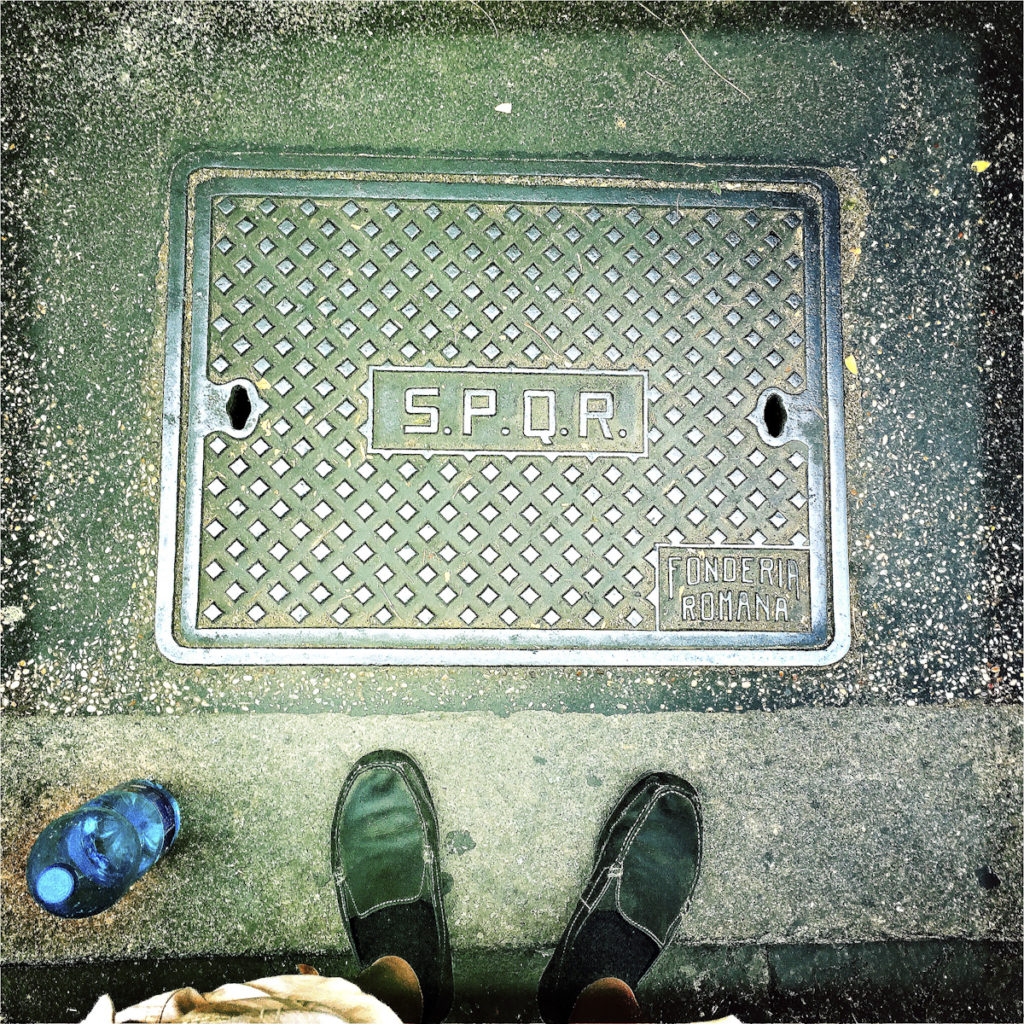
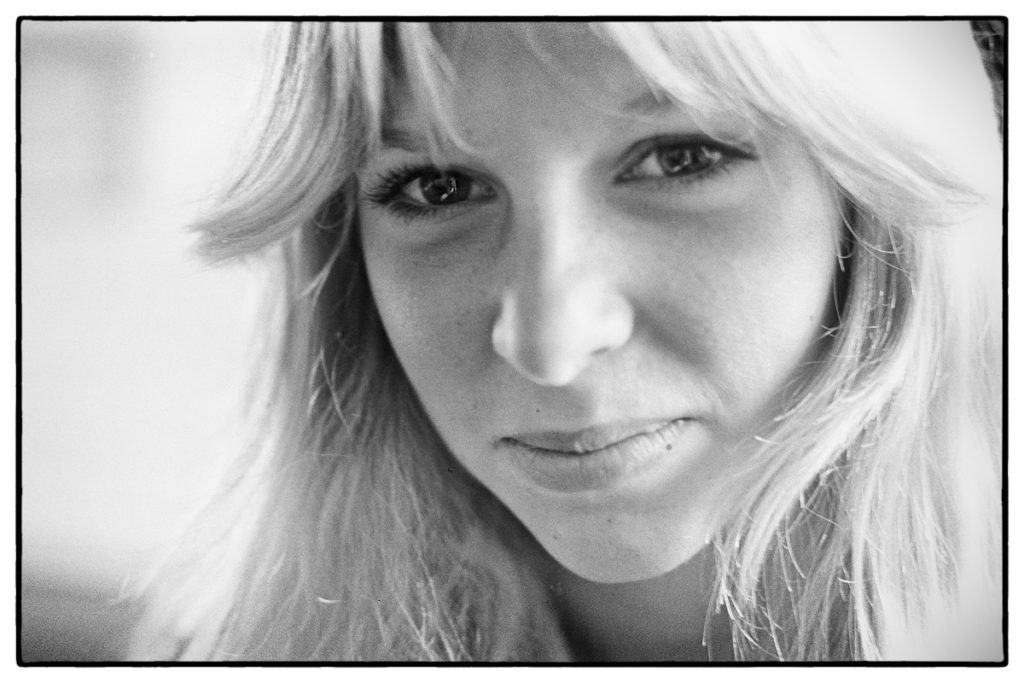
I enjoy my film camera(s) and like the permanence too. It’s pretty easy to make prints from your digital files and store them in a box or 20.I doubt anyone is going to go through my negatives anyways. All the be gone through and disposed when we’re dead anyways…
Cute. iPhone is a great camera. Number one reason is that it’s always on you. It is no where close to the M10 or Q or any real camera. Period. That said, most people don’t spend every living moment with a pro-camera in their hands 100% of the time.
In 1957 my father gave me his Argus C-4 rangefinder. I was charmed by its simplicity of design and— what seemed to me then— the quality of my slides and darkroom-made prints. Since that first camera, I’ve owned and used a Nikon FM2, a couple of medium format cameras and a Leica M6. Hands down, I like the rangefinders best. I also own a digital camera that takes serviceable pictures, but I seldom use it.
As ever, digital is for now and analog is for later. I notice that people are starting to understand the difference between cellphone images to share online and printed photos to hold in the hand and keep in a box. Perhaps the digital imaging frenzy is on the wane and we may be coming to a more sensible balance between immediacy and permanence.
iPhone notwithstanding, I like the green sewer cover with matching shoes. Print that one out!
With all due respect, these type of warm & fuzzy stories touting the joys of analog versus (and that’s the important point, the binary “either or” nature of it that bothers me) digital or camera phones always rings as a specious perspective to me. Both have their merits, and honestly, there’s more than enough ways in 2017 to complete the journey of digital files to shoebox archival worthy prints if that’s what you want. It doesn’t have to be as ephemeral as suggested. At least not anymore. And the fact that people shot SO much doesn’t have to necessarily lead to photography being less valued, etc. Actually (to me) it means more shooting, the better you get (Cartier’s idea that your first 10,000 photos suck, and all that). We all should just get over it with the analog wistfulness; it’s a bit silly, I believe. Shooting in whatever format is ALL great! Analog was, and is, great. Digital is too, with NOTHING lost if you just… print! To each their own, of course.
In my more generous moments, I agree with you. Much of the preference for film is simply rooted in nostalgia, no doubt. BUT, there remains something disquieting about digital photography, both philosophically and practically, even in the face of its obvious benefits and apart from the nostalgia trip. It’s not all warm and fuzzy; it derives from having studied and thought through these issues for years, with serious thinkers and photographers both. To claim that criticisms of digitization are somehow frivolous is, well, frivolous.
I hear you, but my point is this: someone, if they choose to, could have the same studied perspective toward learning about photography, engaging with the same serious thinkers and photographers both, and NEVER progress beyond using a tool of today, such as a camera phone. Deeply felt and engaging discussions and study about light, composition, color…EVERYTHING that analog provided in the past, including production of a “real” product such as a print to bring back vivid memories, are just as accessible to everyone and anyone today, with a camera phone. That’s what’s definitely not frivolous, that simple fact.
What I think is missing from both my comments is the fact that I really disagree with the discussions that suggest a choice needs to be made between digital or analog. I find it much more palatable when discussions focus more on the fact that their are different nuances between the two to be sure, but there’s a place for both today, and both can have their place. My apologies if either of my comments suggested a more confrontational or aggressive tone than I intended. Cheers!